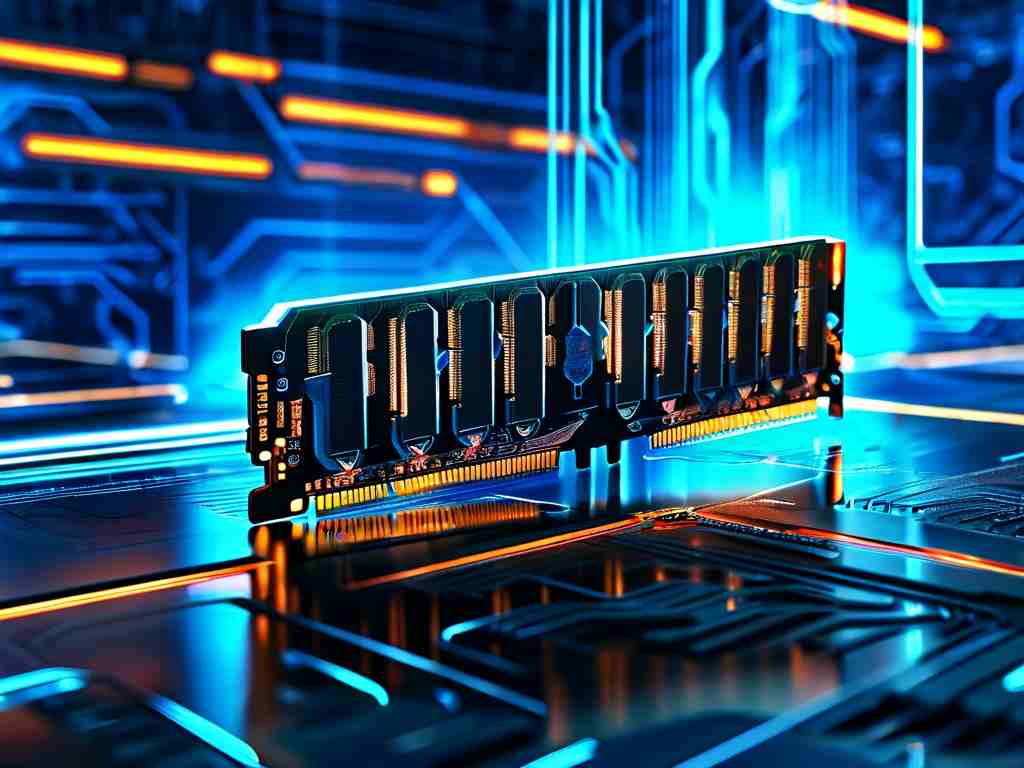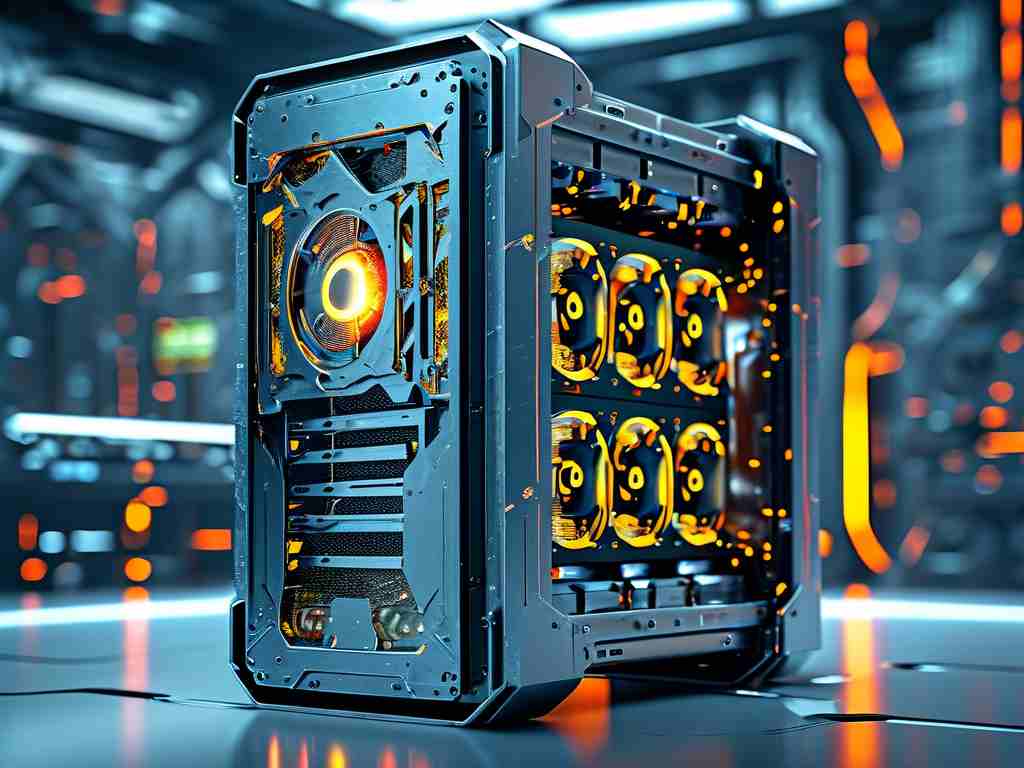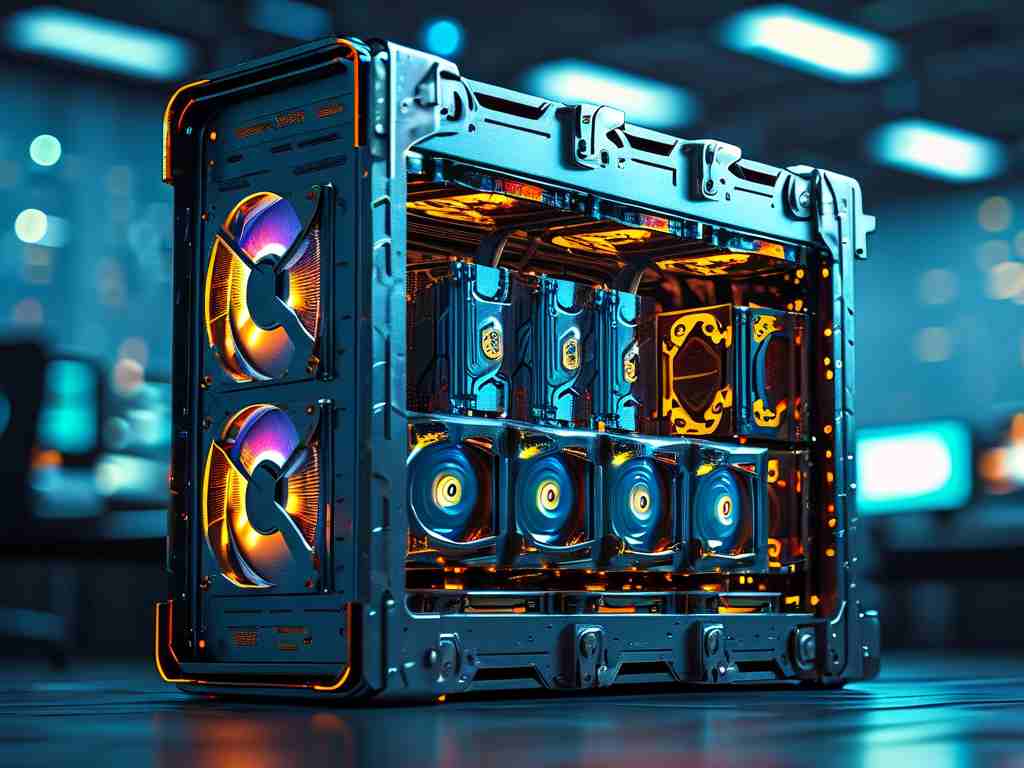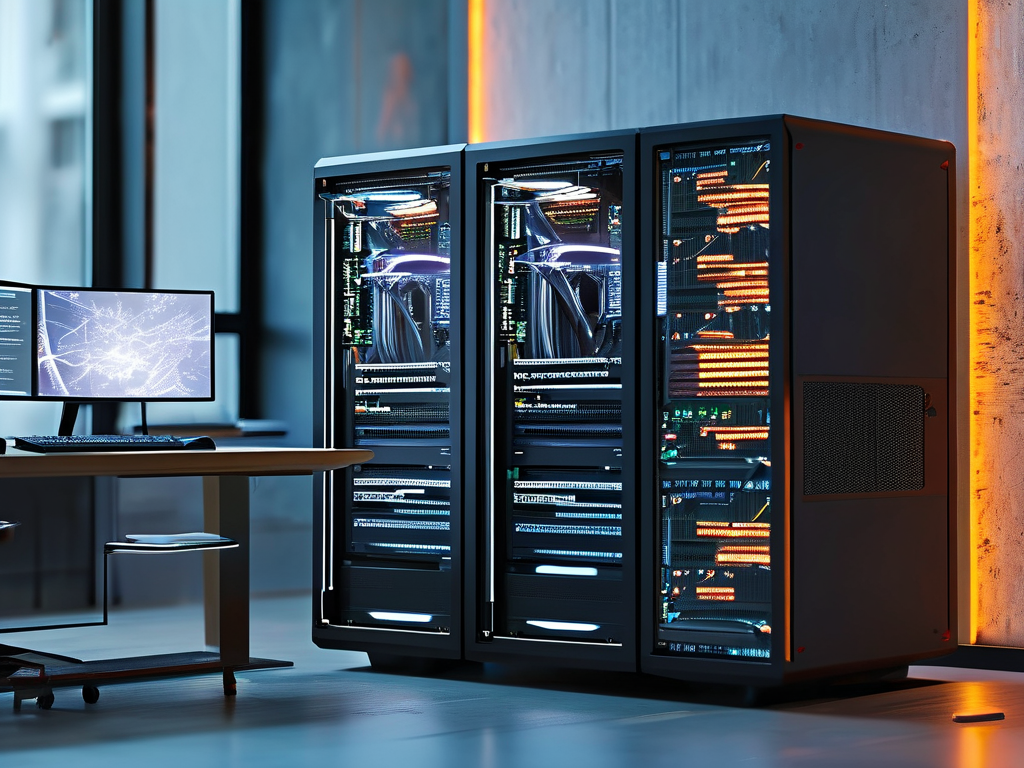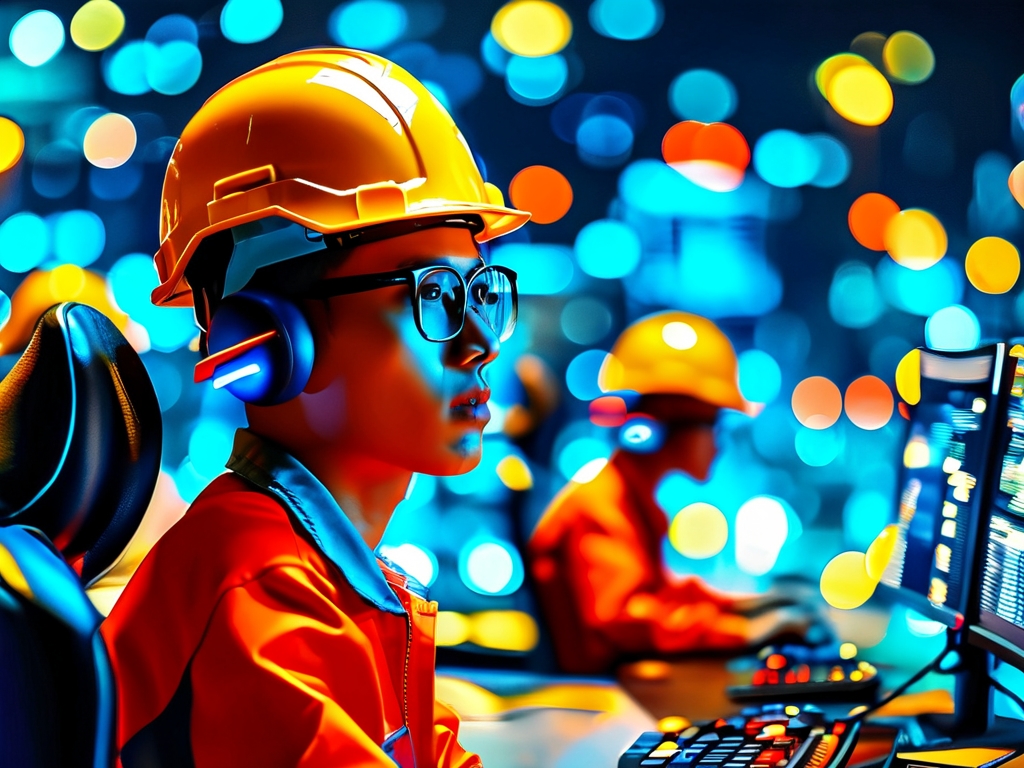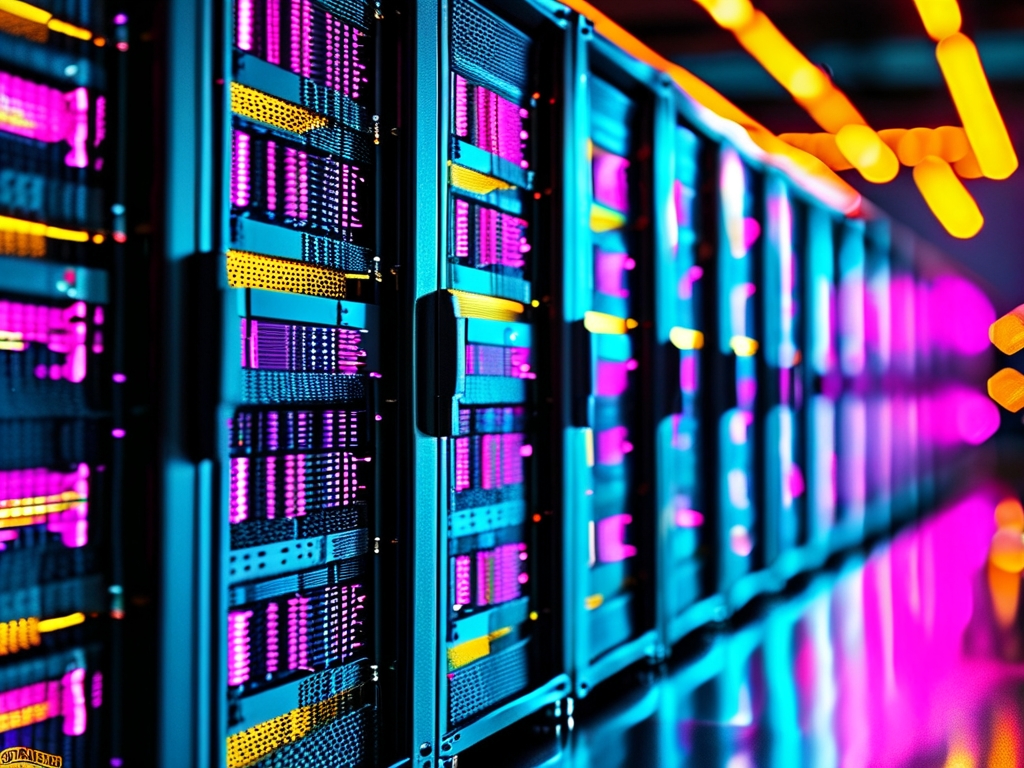The rapid advancement of artificial intelligence (AI) has ushered in an era dominated by large language models (LLMs) like GPT-4, PaLM, and LLaMA. These models, with billions or even trillions of parameters, demand unprecedented computational resources, particularly in terms of memory. The question "Do large model computing servers require specialized memory solutions?" is no longer speculative—it is a critical engineering challenge. This article explores the role of memory in training and deploying large AI models, the limitations of conventional architectures, and emerging solutions to address these bottlenecks.
1. The Memory Hunger of Large Models
Modern AI models are memory-intensive by design. For instance, training a 175-billion-parameter model like GPT-3 requires storing not only the model weights but also gradients, optimizer states, and intermediate activations during backpropagation. A single training iteration can consume terabytes of memory. Even inference—deploying a trained model—requires substantial memory bandwidth to handle real-time queries efficiently.

Key factors driving memory demand include:
- Model Size: Parameter counts grow exponentially (e.g., GPT-3: 175B parameters, GPT-4: ~1.7T).
- Batch Processing: Larger batches improve hardware utilization but require more memory.
- Intermediate Data: Activations and gradients scale with model depth and sequence length.
2. Challenges in Conventional Server Memory
Traditional server architectures, designed for general-purpose computing, struggle to meet these demands. DDR4/DDR5 RAM and standard GPUs face three critical limitations:
- Capacity: Even high-end GPUs like NVIDIA’s A100 (80GB VRAM) cannot hold ultra-large models entirely in memory.
- Bandwidth: Moving data between CPU RAM, GPU VRAM, and storage creates latency.
- Energy Efficiency: Frequent data transfers increase power consumption, a major concern for sustainability.
For example, training GPT-3 on 1,024 A100 GPUs required careful memory partitioning and offloading strategies to avoid crashes. Without optimization, memory usage can exceed available resources by orders of magnitude.
3. Innovations in Memory Architecture
To address these challenges, hardware and software engineers are rethinking memory design:
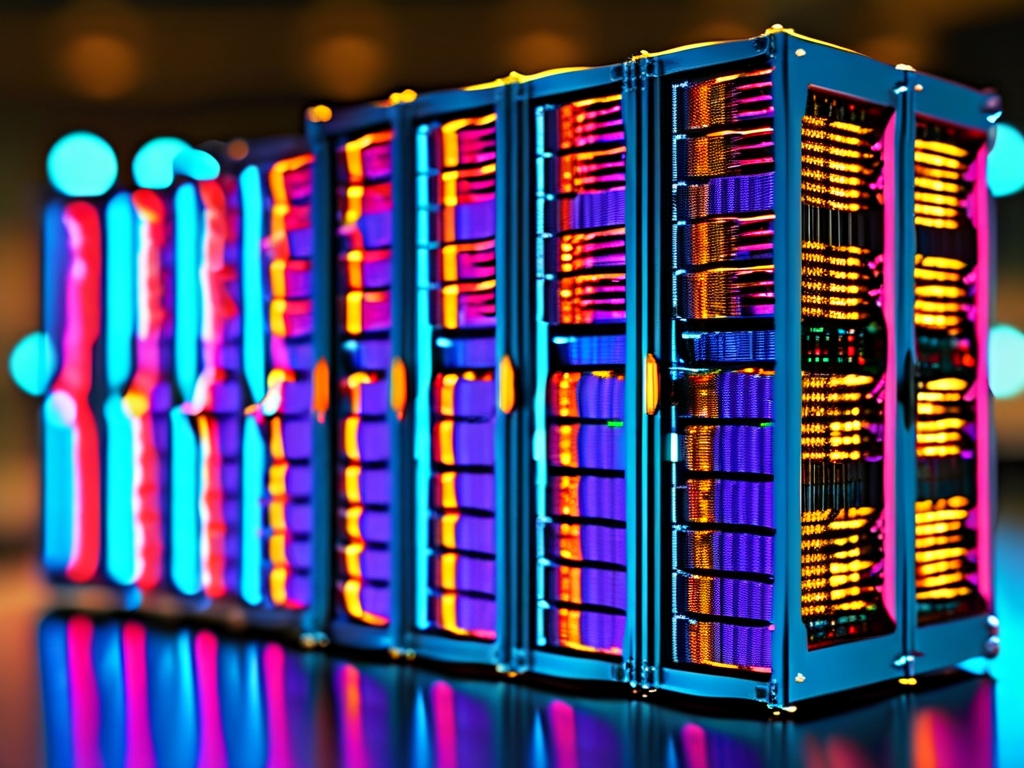
A. High-Bandwidth Memory (HBM)
HBM stacks memory dies vertically, connected via silicon interposers, offering bandwidths exceeding 1TB/s. This is critical for parallel processing in GPUs and TPUs. For instance, NVIDIA’s H100 GPU pairs HBM3 with 3TB/s bandwidth, enabling faster weight updates during training.
B. Unified Memory Architectures
Technologies like NVIDIA’s NVLink and AMD’s Infinity Fabric allow CPUs and GPUs to share a unified memory space, reducing redundant data transfers. This is especially useful for distributed training across multiple nodes.
C. Memory Optimization Techniques
Software-level innovations include:
- Gradient Checkpointing: Recomputing intermediate activations during backpropagation instead of storing them.
- Model Parallelism: Splitting models across devices to fit within memory limits.
- Quantization: Using lower-precision (e.g., 8-bit) weights to reduce memory footprint.
4. The Rise of Memory-Centric Computing
Emerging paradigms prioritize memory over raw compute power:
- Processing-in-Memory (PIM): Embedding compute units within memory chips to minimize data movement. Samsung’s HBM-PIM prototypes show 2x speedups for AI workloads.
- Non-Volatile Memory (NVM): Technologies like Intel’s Optane offer persistent, high-capacity storage that bridges RAM and SSDs, though latency remains a hurdle.
5. Case Study: Training a 1T-Parameter Model
Consider a hypothetical 1-trillion-parameter model. Storing weights alone in 32-bit precision requires 4TB of memory. Adding optimizer states (e.g., Adam’s momentum and variance) doubles this to 8TB. Activations for a batch size of 1,024 could add another 2TB. Without distributed memory solutions, training such a model would be impossible.
This reality has spurred frameworks like Microsoft’s DeepSpeed and Meta’s FairScale, which implement zero redundancy optimizations and memory offloading to disk.
6. Future Directions
The next frontier in AI memory solutions includes:
- 3D Stacked Memory: Combining logic and memory layers for tighter integration.
- Optical Interconnects: Using light to transfer data between memory and processors, reducing latency.
- Algorithm-Hardware Co-Design: Creating models that inherently require less memory through sparsity or dynamic architectures.
Memory is the unsung hero of large model computing. As AI models grow, innovations in memory technology—not just processing power—will determine the feasibility of next-generation systems. From HBM to PIM, the industry is racing to build servers that can keep pace with AI’s insatiable memory demands. For organizations investing in AI infrastructure, prioritizing memory capacity and efficiency is no longer optional—it is the key to unlocking the full potential of large models.


